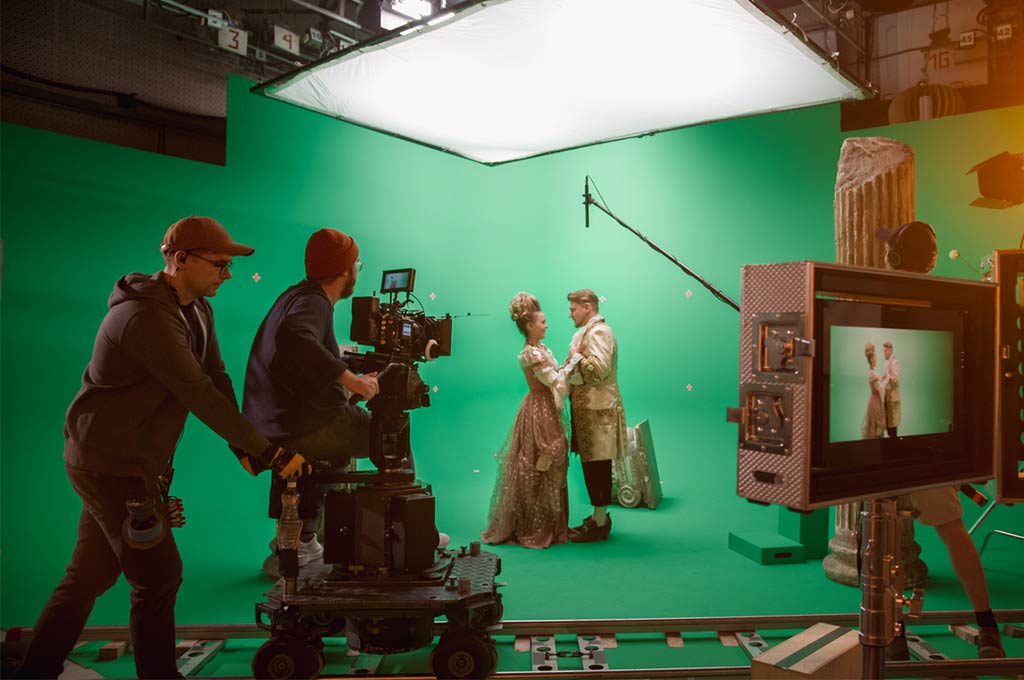
IESE Insight
Nurturing team creativity: lessons from the movies
Creativity has been studied in terms of the outcome. Kandarp Mehta takes a new approach from the perspective of creative potential.
While creative products capture much of our attention, the creative process by which these products are brought to life is often overlooked or ignored.
To address this, Kandarp Mehta conducted research at 13 different motion picture shoots to observe the process by which teamwork leads to the expression of an idea. His findings form the basis of the book Conflict, Crisis and Creativity: A Study of Role Evolution in Creative Teams.
As the title suggests, the book conceptualizes the process of “role evolution.” In other words, an individual’s role within a team structure changes over a period of time, and this affects the fluency of generating ideas in one of four ways:
- Gradually increasing. An individual’s level of interest increases gradually, starting with being consulted and getting acquainted with other team members, then moving to making technical suggestions, and eventually contributing his or her own original ideas. The creative role expands from being collaborative to becoming more initiative-taking.
- Gradually decreasing. Initially, individuals may be excited about the project and contribute lots of ideas from the outset. However, as the process progresses, if individuals see that their ideas are not being acted upon or are being dismissed entirely, they will gradually lose interest and contribute fewer and fewer ideas, until they stop contributing ideas altogether.
- Consistent. Some individuals never stop expressing ideas. In Mehta’s study, the directors of a movie were most likely to show this tendency, owing to their vested interest in the project.
- Abrupt shifts. This often results from a crisis. Due to the loss of a crew member or funding, for example, someone with previously low creative input may suddenly step up and take on a leading role in creative terms. However, unless this newfound enthusiasm is encouraged, the competence levels of colleagues may gradually dampen that creativity.
Regardless of which path that role evolution takes, individuals go through four phases: identifying initial role boundaries; performing the initially identified role; changing the role based on team feedback and including or excluding activities from the initial role space; and finally, performing the newly identified role.
States of team creativity
Mehta’s study also identified three main types of team creativity. This new taxonomy of team creativity addresses creativity from the perspective of creative potential and not creative outcome.
- Null creativity. This happens when most of the individuals in a team perceive their jobs as execution of given instructions and discard completely the expression of new ideas.
- Nascent creativity. This is a state when team members have expressed ideas but they have not yet been captured by the system and put into practice. If the team does not accept or the organization is unable to make good use of the ideas expressed, individuals might lose interest and regard their job simply as decision-making. When this happens, the team might regress to the previous stage. However, this situation can be turned around by accepting some ideas, leading to greater motivation, and the team might move to the next level of creativity.
- Nurtured creativity. Not every idea will necessarily lead to innovation, but it is important to at least have proper channels for individuals to express their ideas, so that they can be given the attention they deserve and possibly acted upon. In such case, even the occasional rejection of an idea will not harm motivation levels.
Mehta notes that individuals will continually express new ideas, regardless of the eventual outcome, provided that they perceive the expression of new ideas as part of their roles.
Understanding this role evolution and the stages of team creativity is vital to foster a creative process that results in more innovative products.
READ ALSO: Lights, camera, collaboration: tips on creative teamwork from Indian cinema

